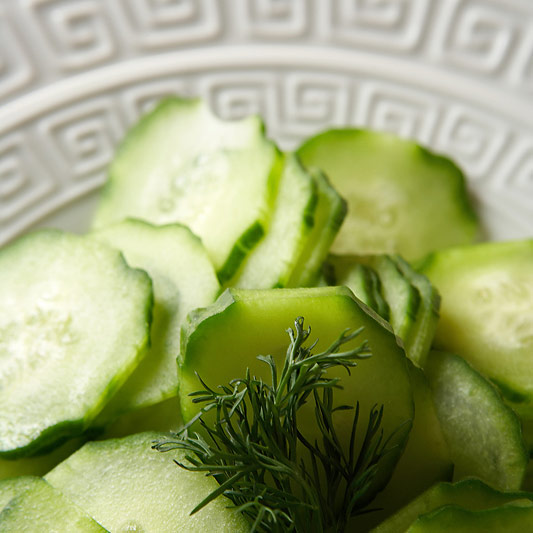SUNDAY, Nov. 7 (HealthDay News) — More and more Americans are struggling with gout as rates of the painful and sometimes disabling arthritic condition continue a decades-long upswing, a new study shows.
Researchers report that by 2008, an estimated 8.3 million Americans were subject to gout attacks, equivalent to 3.9 percent of the U.S. adult population. That’s a substantial rise from the 2.7 percent prevalence rate noted in the late 1980s to early 1990s.
The findings are to be presented this week in Atlanta at the annual meeting of the American College of Rheumatology. Other research presented at the meeting suggests that two of America’s favorite beverages, coffee and sweetened drinks such as sodas, may contribute to gout risk.
Gout is a very painful form of arthritis caused by a buildup of uric acid. This causes uric acid crystals to be deposited on the cartilage of joints, tendons and other surrounding tissue, especially in the feet, causing an inflammatory reaction.
The study on rising gout numbers was led by Yanyan Zhu, a research assistant professor in the clinical epidemiology research and training unit at Boston University School of Medicine. Her team analyzed two National Health and Nutrition Examination Surveys.
The first survey was conducted between 1988 and 1994 and involved almost 19,000 men and women aged 20 and over; the second involved more than 5,700 participants and covered the period 2007 to 2008.
Noting that the rate of gout had already doubled in the United States between the 1960s and the 1990s, Zhu and her team found that the trend has continued into the new century, primarily driven by an increase among men and seniors.
In addition to rising gout rates, the authors also found that “hyperuricemia” (a “pre-gout” condition defined by the presence of abnormally high levels of uric acid in the blood) is also on the rise.
The surveys demonstrated that over the 20-year study period, the number of Americans with hyperuricemia rose from just over 18 percent of the general adult population to near 21.5 percent.
One expert said it’s not surprising gout rates are climbing.
“First of all, our ability to diagnose gout earlier and probably more often has improved,” said Dr. Nathan Wei, clinical director at the Arthritis Treatment Center in Frederick, Md. “And the second reason is that with people living longer in general, postmenopausal women in particular are becoming more prone to gout. And that is because one of the risk factors for gout is the institution of diuretic therapy, which is typically prescribed for high blood pressure in postmenopausal women. This can increase blood uric acid levels and lead to gout.”
Zhu and her colleagues also pointed to an overall rise in obesity and high blood pressure among Americans as possible contributing factors.
“Gout is the most common inflammatory arthritis in the U.S,” added Dr. Tuhina Neogi, lead author of a second study on gout and an associate professor of medicine at Boston University School of Medicine. “We have good medications that can potentially prevent gout attacks, yet people do still get attacks, with recurrent attacks being the biggest burden of gout.”
Neogi and her team sought to answer another question: Might the caffeine that millions of Americans drink daily in coffee, tea and other drinks help trigger gout attacks?
“We know there are some factors that can trigger gout attacks, such as consuming alcohol, red meat, and certain seafoods,” she said. “And although a previous study found that, over the long-term, caffeine intake seems to actually lower the body’s uric acid level and decrease the risk for developing gout among those who have never experienced an attack, we wanted to see what the impact of caffeine might be for patients who already have a history of gout.”
According to Neogi, the study found that caffeine “binges” might help spur an outbreak. “Gout patients who usually drink two or fewer servings of a caffeinated beverage per day raise their 24-hour risk for experiencing a gout attack by 40 to 80 percent if they instead drink three or four servings of caffeine,” she said.
In fact, patients who typically took in low levels of caffeine and then drank six servings of caffeinated beverages in a day more than tripled their risk for an attack. However, habitual drinkers of more than two servings of caffeinated beverages per day were not affected by a rise in daily consumption.
The study did not focus exclusively on coffee but rather on all beverages that contain coffee, including tea, soft drinks and products such as “Red Bull.”
According to Neogi, the chemical structure of caffeine is very similar to that of a standard chronic gout medication called allopurinol, which is commonly used to control gout by lowering uric acid levels. Allopurinol is effective at easing gout and preventing attacks in the long-term but in the short term it can actually trigger a flare-up among patients taking it for the first time.
Caffeine might have a similar short-term effect, Neogi reasoned.
A third study, also out of Boston University School of Medicine and also slated for presentation at the meeting, found a connection between higher intake of sodas and other fructose-sweetened beverages, and a rise in gout risk for women.
Researchers led by Dr. Hyon Choi looked at data on nearly 79,000 women over a 22-year period.
They found that women who consumed one serving per day of beverages such as sugar-sweetened soft drinks and/or orange juice were nearly twice as likely to develop gout as women who drank less than one serving per month. Risk more than doubled among those women who drank two or more such servings per day.
More information
For more on gout, visit the U.S. National Institutes of Health.

